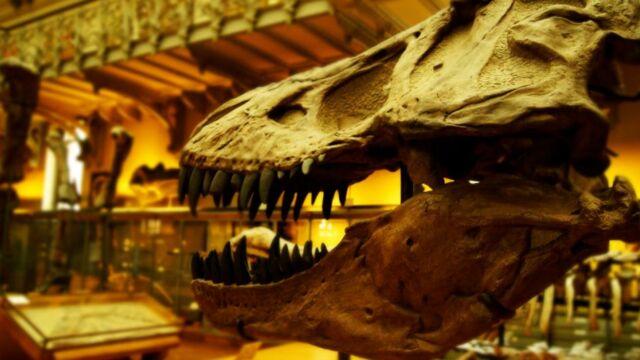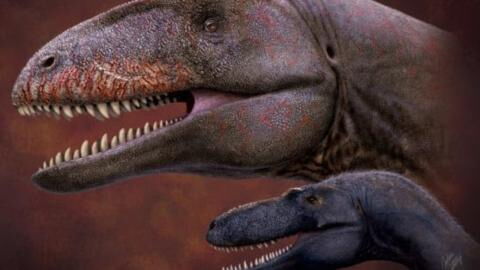The Majungasaurus is a dinosaur of the suborder theropods and in the abelisauridae family. It is a bipedal predator with a short snout; it lived at the end of the Upper Cretaceous in Madagascar between 70 and 66 million years ago. The researchers sought to learn more about its teeth and discovered that this dinosaur was so violent with its own teeth that they had to be replaced regularly.
Discover our latest podcast
'This means they used their teeth quickly, potentially because they were chewing on bones,' said Michael D'Emic, assistant professor of biology at Adelphi University in New York City, USA. 'There is independent evidence of these scratches and nicks that correspond to the species and size of the teeth on many bones - animal bones that would have been their prey.'
The King of Madagascar
In its time, the Majungasaurus was at the very top of the food chain in Madagascar. It was a super predator about 23 feet long on average. Some adults were even able to reach 26 feet long and almost 10 feet high. The researchers estimate that an average Majungasaurus should have weighed around one tonne. It has been identified as a cannibal dinosaur, able to eat its own kind.
The researchers, therefore, analysed the growth marks on the predator's teeth that can be compared to those on a tree. But where the marks on a tree can represent a year, on a Majungasaurus, they represented only a day. This analysis was then compared to the tomography of its jaw to determine how fast its teeth were growing. Scientists discovered that these dinosaurs' teeth could be replaced between two to thirteen times faster than other carnivorous dinosaurs. The study was published in the PLOS ONE journal.















